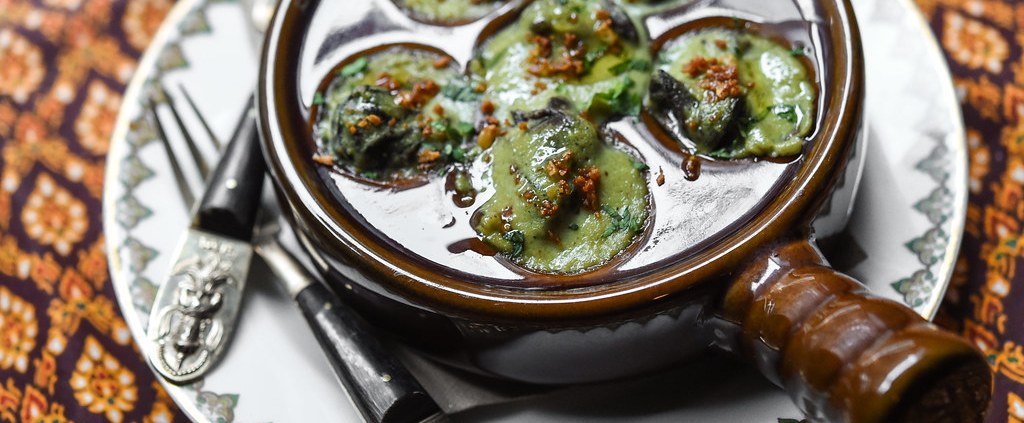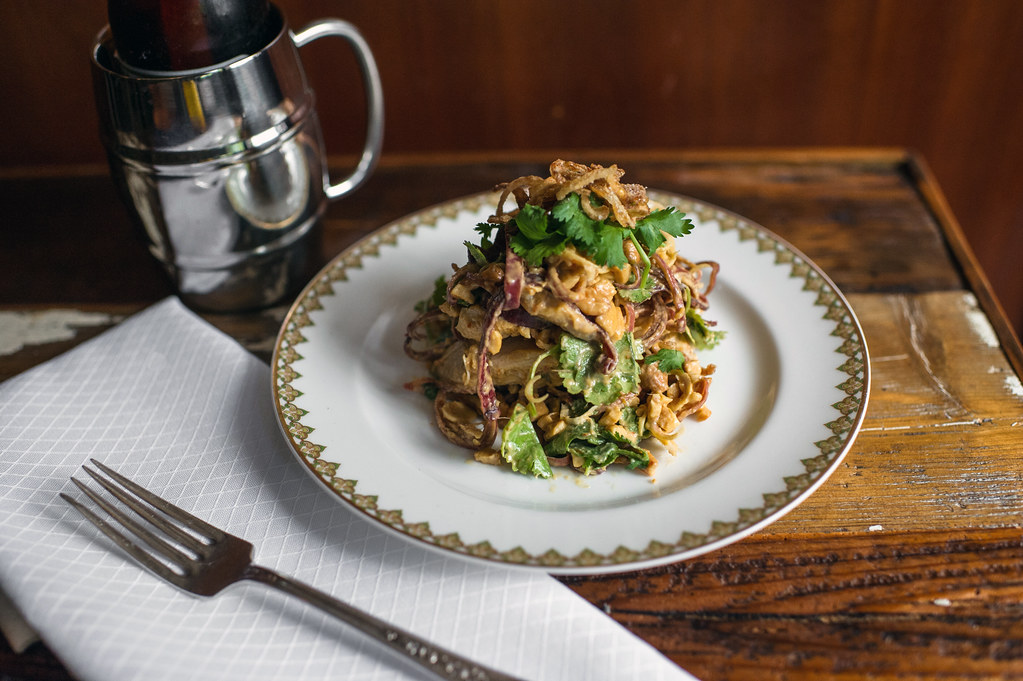Daniel Krieger's work offers a look into the restaurants of the U.S.A. –– the staff that keeps them running, the dishes that make people lineup for more, the signage and decor that shares a story of what the restaurant is about. His photography is sure to make you hungry and leave you daydreaming about your next food getaway. At a time when the livelihood of some of our favorite restaurants is at risk, Daniel's photos offer a taste of nostalgia and a reminder that we must find ways to continue supporting the restaurants that make our communities whole. Daniel shares how the pandemic has impacted his work, how he is continuing his photography business, and the launch of his upcoming photography book, American Restaurant.
Tell us a bit about yourself. What brought you into photography and specifically, food and restaurant photography?
14 years ago I was hired for a few jobs working with a small local publication called The Brooklyn Paper. My favorite assignments were the ones where I got to go into restaurants and photograph the food and chefs. I quickly got a job as the head photographer for Eater and started working with The New York Times Dining section who I’ve been working with for 10 years now.
How do you spend your time outside of photography?
Family time, with my wife and baby, is important. Beyond that, photography is such a vast and complex endeavor it’s hard to find time for anything else. Traveling equals photography, my new drone equals photography, There’s a large batch of pristine negatives I found that my grandfather had taken in the 60s and 70s mostly on beautiful looking vacations, that I’m scanning in and figuring out what to do with. These found negatives are very popular right now so it’s fun participating in that craze.
Restaurants have so many focal points – the food, the diners, the chef and staff, the kitchen, the decor –– how do you decide what’s important to capture?
All of it is important so I try to capture as much of it as I can. Photographers are trying to tell stories and each thing from the building the restaurant resides in, to the chef, to the silverware. It can all have a great accompanying story, so I’m trying to tell as many at once but that fact that it all falls into one larger category (the restaurant) makes it work, I think.
Your work includes establishments and cuisines of all kinds. Are there similarities that you’ve observed across all of them that appear in your work?
It doesn’t really matter whether you’re serving Chinese food, cheeseburgers, chicken wings, or soft-serve ice cream, there has to be attention and care given to all the elements that I mentioned earlier. Does the owner take care of that vintage neon sign outside? If they do they probably are taking care of the burgers served within. The way the staff interacts with the customers and with themselves often tells a story. I’m looking for greatness in these places, and what I like seems to be universal because they’re often the longest-lasting restaurants.
How has the COVID-19 pandemic changed your work?
Completely shut it down for the moment. What I’m starting to do now is selling prints and framing them. It’s been somewhat successful so I hope to continue, and see what happens with this American Restaurant book.
Recently you posted on Flickr about Uncle Boon’s, a widely loved Thai restaurant that has had to shutter amidst the pandemic. Is there anything that you think photographers, artists, writers can do to support our favorite restaurants during these challenging times? How have you continued telling their stories?
This is a good time for artists to be home and working on their craft through writing, painting, sculpting, or photographing your surroundings. Then you can share your stories with everyone to help keep them connected through this moment of universal novel isolation.
What do you hope to be photographing a year from now?
I miss traveling on the road and checking into a nice hotel after a long day of photographing my surroundings, and getting a tip on a great restaurant for dinner that night, then another one for the next morning on the way out of town. Hopefully, it will be open and have a great big neon sign out front.
And of course, where’s the next place you’re eating or getting takeout from?
I’d love to have a big party at Hometown Bar-B-Que in Red Hook, Brooklyn with a lot of food and friends.
For more of Daniel Krieger’s work, visit his profile on Flickr and be sure to check out the campaign for his upcoming book, American Restaurant.








